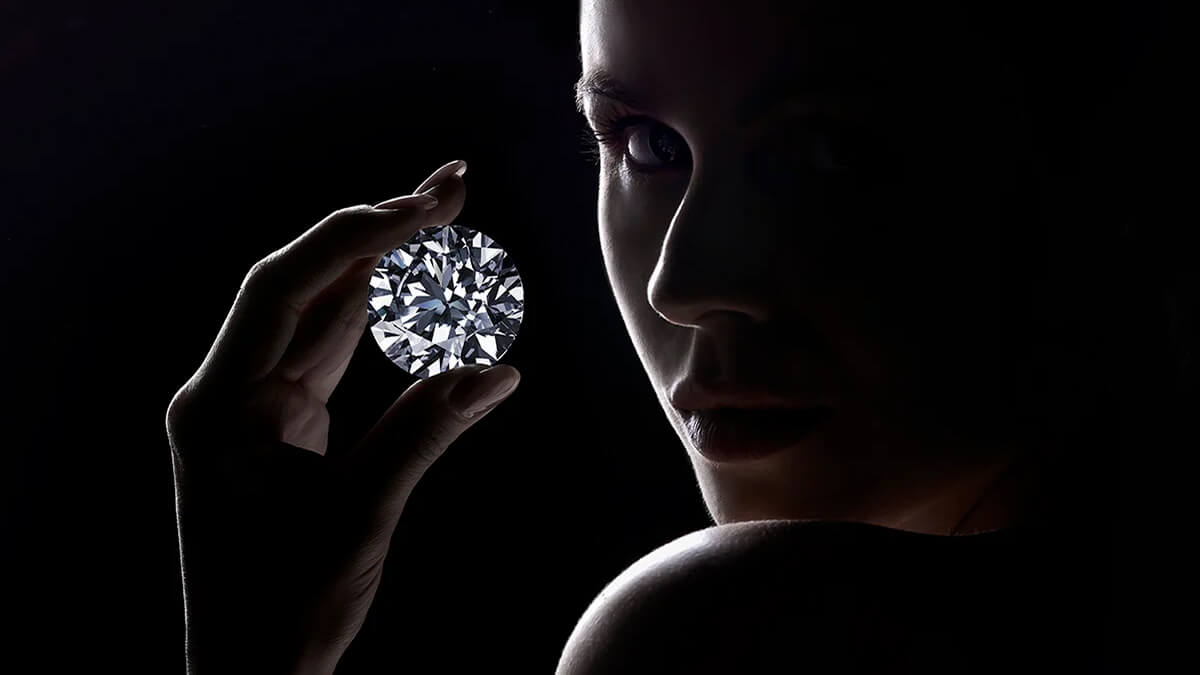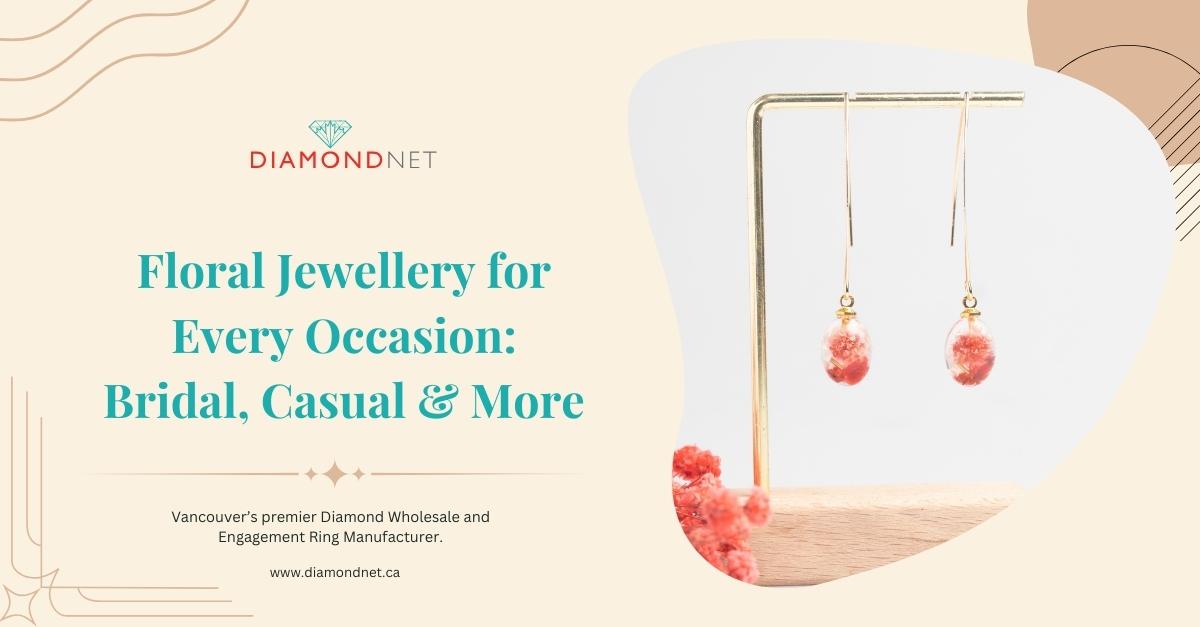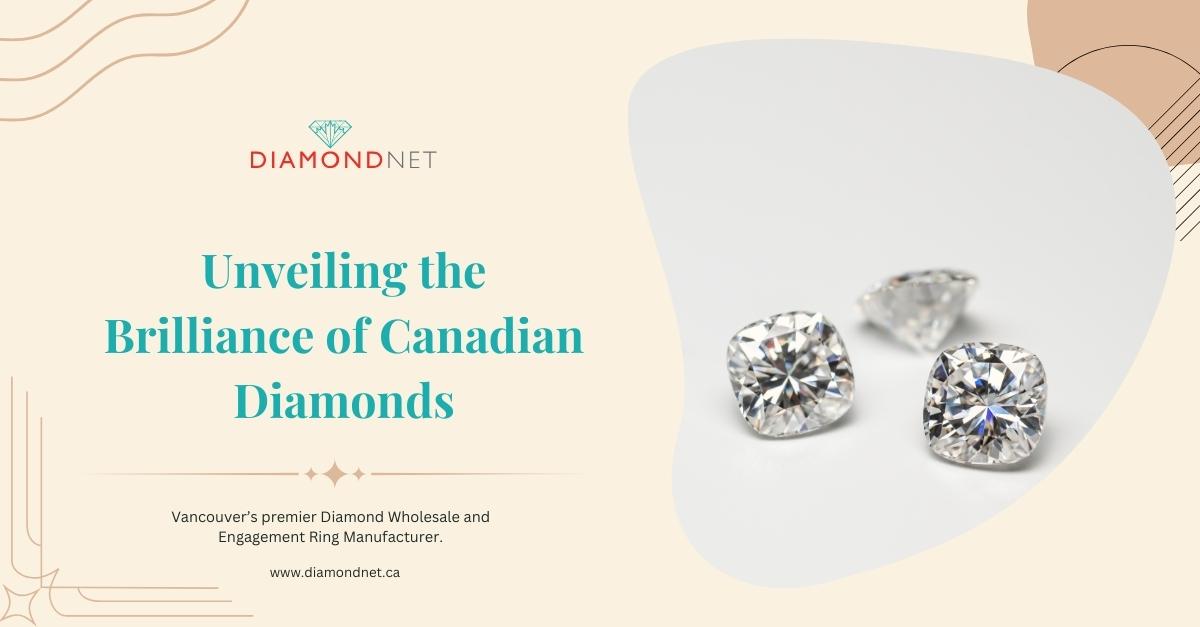Almost everyone knows that diamonds are the hardest mineral on the planet. There are numerous industrial applications for diamonds, including drilling, grinding, cutting and polishing, and of course, jewelry. Because of the jewelry industry, diamonds have become a symbol of romance, and they are now intimately linked to the idea that love is forever, like diamonds. As a result, they are a popular choice for engagement rings. The hardness and durability of diamonds have given the means of such symbolization. So, what does hardness mean in the context of minerals?
What is the meaning of gemstone hardness?
The hardness of a gemstone is a quality that is widely misunderstood. There is daily usage of the word hardness, such as when addressing a gemstone on a wedding ring, but in gemology, it means different. In the eyes of science, the ability to resist scratching is the only thing that counts as hardness. According to most people, feathers are soft, and glass is hard. Glass, on the other hand, is a rather pliable material in gemology. There is a wide range of harsh substances that could scratch it. However, there are many factors in play when speaking of a material’s hardness.
What makes diamonds so hard to scratch?
The hardness of diamonds is because of the process in which they are being made. According to popular perception, diamonds aren’t actually produced of coal. The Earth’s mantle is where they actually form. There, the carbon atoms undergo extreme pressure and heat, forming the strongest type of atomic bond possible: a covalent bond. A covalent bond is a type of chemical relationship in which electrons are shared between atoms in a specific way. In fact, it’s the strong bond between atoms of diamond that makes it so hard to scratch.
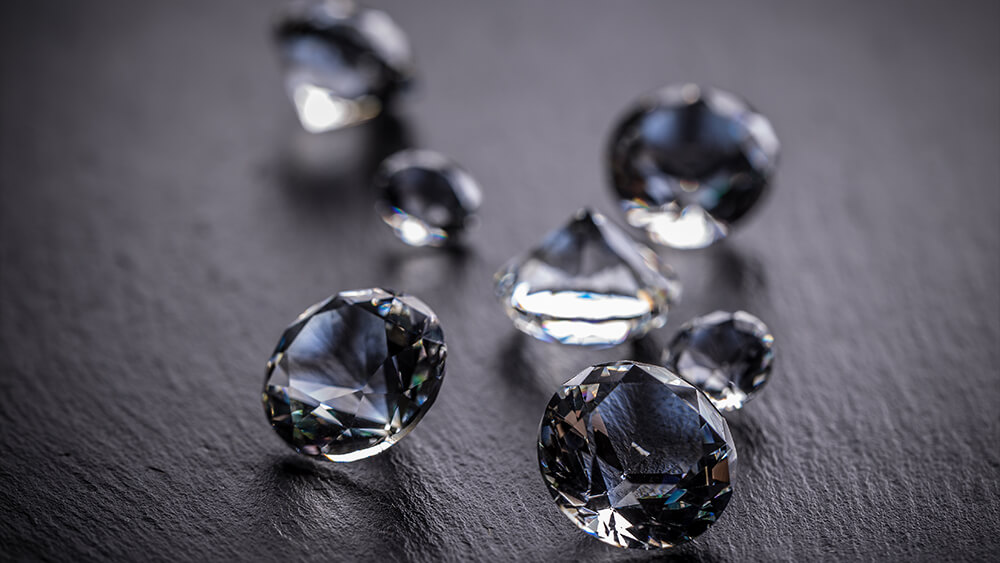
The Mohs hardness scale and diamonds
Friedrich Mohs, a German mineralogist, created the Mineral Relative Hardness Scale. Since its invention in 1812, this scale has proven to be an invaluable asset in the mineralogy community for determining the composition of samples. There are ten minerals on the Mohs scale. Every single one of these minerals can be scratched by the one above it, and the ones below it will do the same thing. If two minerals have the same hardness, they will not scuff or damage one another. Sapphire will not scratch a ruby, and the reverse is also true. However, diamonds can scratch other diamonds, but only diamonds can do this. On Mohs scale, diamond is 10, which means it is the hardest material and a Talc is 1; a fingernail can scratch it.
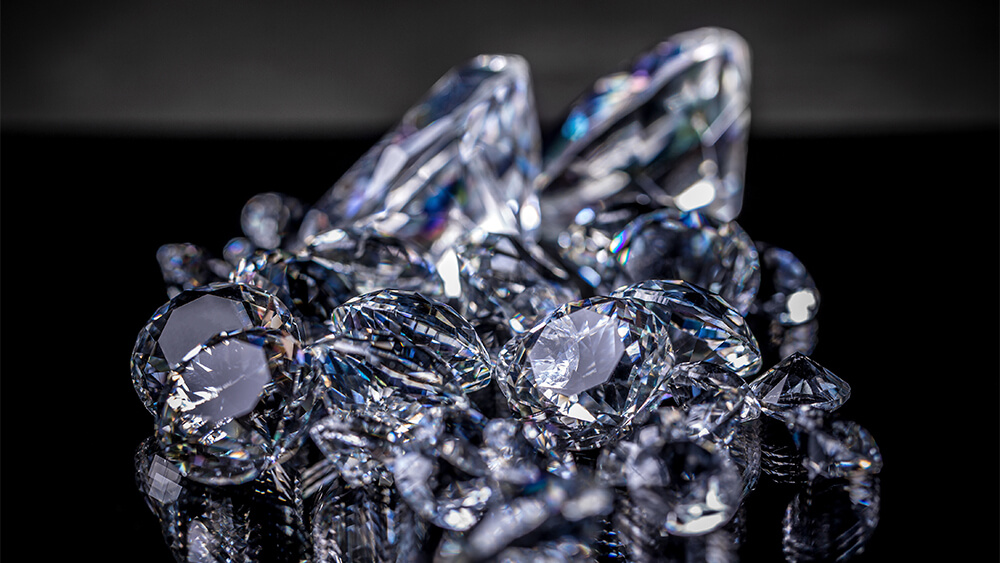
Is moissanite as hard as a diamond?
Moissanite is an extremely rare type of silicon carbide. In terms of Mohs hardness, it ranks just next to diamonds, with a score of 9.5 out of 10. For this reason, it’s not uncommon for criminals to try to pass off moissanite as a real diamond. So, the answer is no; they are not as hard as diamonds, and, since natural moissanite is so scarce, the majority of it is manufactured. However, Diamonds are known for their long-lasting properties. That’s why diamond engagement rings are so popular because they are decorated with the hardest mineral on the planet and can resist nearly any kind of wear and tear.
Diamonds in Vancouver
As recently as a few years ago, we wouldn’t have dreamed of shopping for high-quality jewelry online. Direct-to-consumer jewelry firms, on the other hand, eliminate middlemen and markups, allowing you to pay a more reasonable price for your diamond ring. You can browse our collection of diamond rings and wedding bands online. If you are looking for diamonds, we are the most reputable loose diamond wholesale in Vancouver. Feel free to call us directly or book an appointment online.
